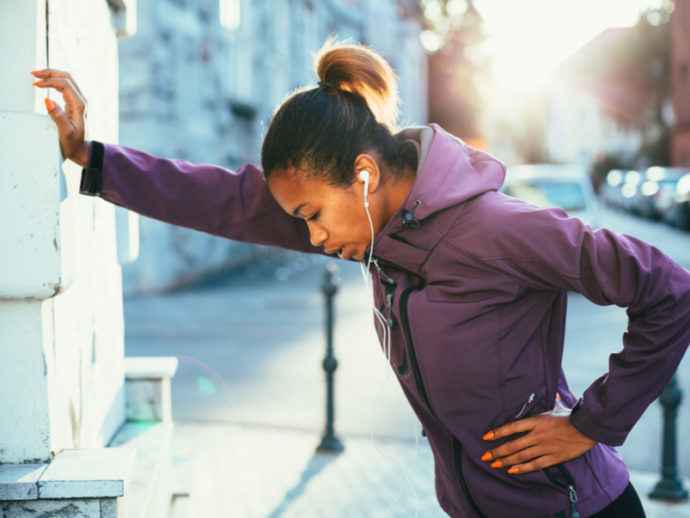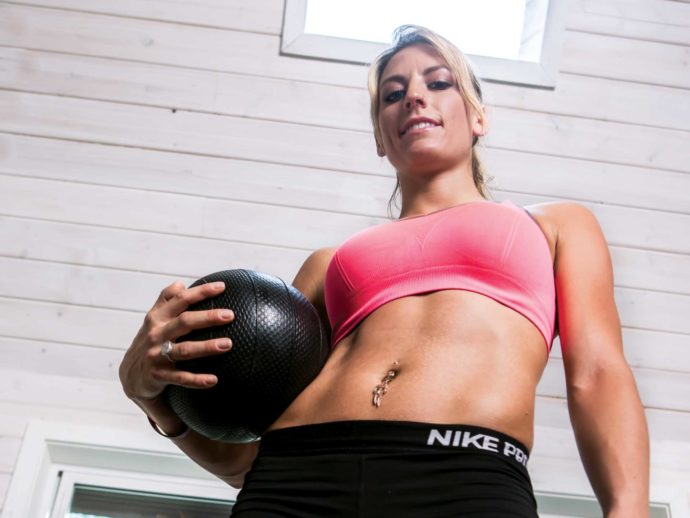
You’re well aware that the sun’s UV rays are a major cause of skin cancers, but you’re not about to lock yourself in a sunless cellar and sit out the summer. And you don’t have to. With a few simple measures, you can keep your skin safe and still enjoy the sun—in moderation.
Start by trying to avoid direct sunlight at times of the day when it’s most intense: 10 am to 4 pm. Then, take these precautions to protect your skin.
What to wear
Clothes are your first line of defence against damaging rays. Some stores even carry special sun-safe garments for children and adults.
- Cover up with bright, tightly woven fabrics that deflect rays.
- Wear a wide-brimmed hat that provides coverage for your neck.
- Wear sunglasses that protect your eyes from 99 to 100 percent of UVA and UVB light.
What to apply
Use a broad-spectrum (effective against UVA and UVB rays) sunscreen with a sun protection factor (SPF) of at least 30. It’s worth noting that a higher SPF than that doesn’t offer a lot of extra protection. For example, SPF 30 sunscreen will filter about 97 percent of the sun’s rays, while SPF 50 sunscreen will filter 98 percent.
Remember that sunscreen can create a false sense of security and lead to spending too much time in the sun.
What to do
- Be generous with the sunscreen: use about 2 Tbsp (30 mL) for your body and 1 tsp (5 mL) for your face and neck.
- Allow sunscreen to dry before going into the sun, and reapply it every two hours and every time you think you’ve depleted it (by sweating or swimming, for example).
- If you’re lazing outside, set up a beach umbrella for a refuge from the sun.
- Use a lip balm with a minimum SPF of 15, and reapply every couple of hours and every time you think you’ve rubbed it off (after eating and drinking, for example).
- Boost your skin’s resistance to the sun through a diet packed with fruits and vegetables.
- Keep babies younger than one year old out of direct sunlight—either in the shade or under the canopy of a stroller—and find shaded play areas for children of all ages.
- For children older than one year old, test sunscreen for an allergic reaction by first applying it to a small area, like the child’s wrist.
- Watch for symptoms like headache, thirst and fatigue in kids, as they’re more susceptible to heat exhaustion. Heat exhaustion can quickly progress to heat stroke, a life-threatening condition that must be treated right away. Signs include dry skin, muscle cramps, nausea and vomiting.
- Always carry a lot of water to avoid dehydration.
What to take
If you avoid the outdoors when it’s sunny, get your vitamin D levels tested by your doctor or health care practitioner. Since your body manufactures this vitamin through exposure to the sun, you may need to supplement.






